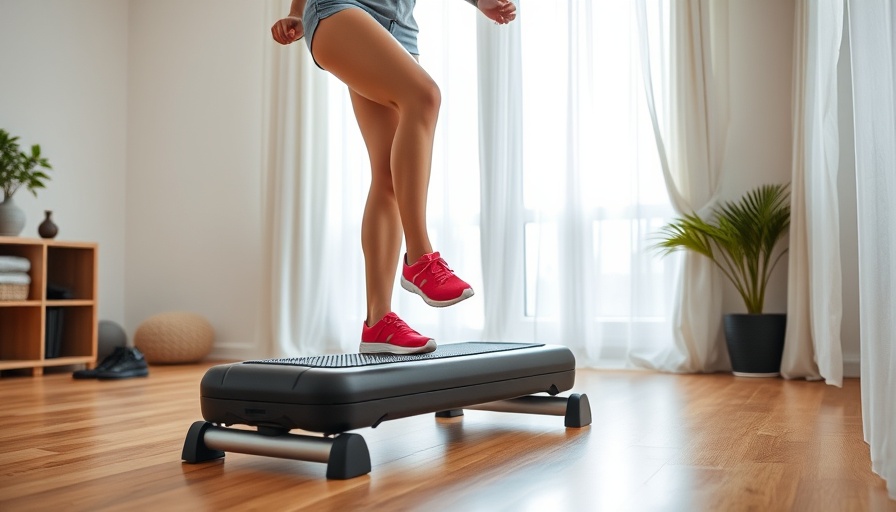
Unlock Your Potential: Join the Strong & Sculpted Challenge
This Sunday, prepare to elevate your fitness game with Fitness Blender's exciting new 10-day challenge, "Strong & Sculpted," led by the ever-enthusiastic Patrice. Tailored for all levels, this challenge is particularly appealing for members of the SDA faith community, as it emphasizes discipline, community support, and holistic wellbeing. Helping others through individual strength aligns seamlessly with the values of unity and upliftment prominent in the SDA community.
In NEW 10-Day Challenge Strong & Sculpted with Patrice Coming Sunday!, we're offered insights into an exciting opportunity for fitness engagement and empowerment that aligns well with our values.
Why a 10-Day Challenge?
Short, intensive challenges can be game-changers in the fitness world. A 10-day commitment creates a manageable timeframe for participants to experience significant shifts in their fitness journey without feeling overwhelmed or intimidated. As Patrice notes, the first week focuses on shorter sessions to help you familiarize yourself with the movements before scaling up the intensity. This incremental approach mirrors the values of perseverance and growth that resonate with those in the SDA community.
The Science Behind the Challenge: Progressive Overload
The centerpiece of the "Strong & Sculpted" challenge is progressive overload, a principle deeply rooted in strength training. This strategy encourages your muscles to adapt and grow by gradually increasing the weight, frequency, or number of repetitions in your workout routine. As Patrice prepares you to lift heavier in the second week, you’ll tap into the power of this method, which not only builds strength but also boosts your confidence, reflecting the personal growth journey many individuals in the faith community embark upon.
Training Every Major Muscle Group: An Inclusive Approach
Patrice’s challenge is designed with variety in mind; each session targets different muscle groups, ensuring a comprehensive training experience. The workouts include upper body, lower body, core, and cardio segments, offering balanced development. This addresses a prevalent concern: how to effectively integrate full-body workouts amidst busy lifestyles, especially within the SDA community, where time for family and service is also a priority.
Building a Supportive Community Through Fitness
What sets this challenge apart is the emphasis on community engagement. In her announcement, Patrice invites participants not only to join but also to share their experiences, fostering a sense of shared ownership and encouragement. This interactive element may resonate with the SDA community's value in fellowship, as working out together enhances motivation and commitment.
Setting Realistic Goals While Achieving Results
As participants embark on their fitness journeys, it is crucial to set realistic, attainable goals. The "Strong & Sculpted" challenge encourages you to focus on progress over perfection. Each day builds upon the last; by day 10, you’ll have more than just physical strength—this challenge aims to cultivate mental resilience and tenacity, aligning perfectly with the SDA principles of perseverance and personal growth.
What You’ll Need: Get Ready for Success
Joining this challenge requires minimal equipment—a pair of dumbbells and a mat—making it accessible for everyone, no matter where they are on their fitness journey. This accessibility is important for the SDA community, as it reflects the church’s commitment to inclusivity and support for both physical and spiritual well-being.
Join Patrice in Making a Change
The journey to better health is more than just about lifting weights; it’s a personal commitment to yourself and your community. By engaging in this 10-day challenge, not only will you improve your physical strength, but you’ll also foster a sense of accomplishment and collective empowerment with others. As Patrice said, she is excited to work alongside participants, and you can be a part of this transformative experience.
Join the conversation and mark your calendars for Sunday! Let us know your thoughts and favorite muscle groups in the comments below, and prepare to challenge yourself to new heights.
 Add Row
Add Row  Add
Add 




Write A Comment